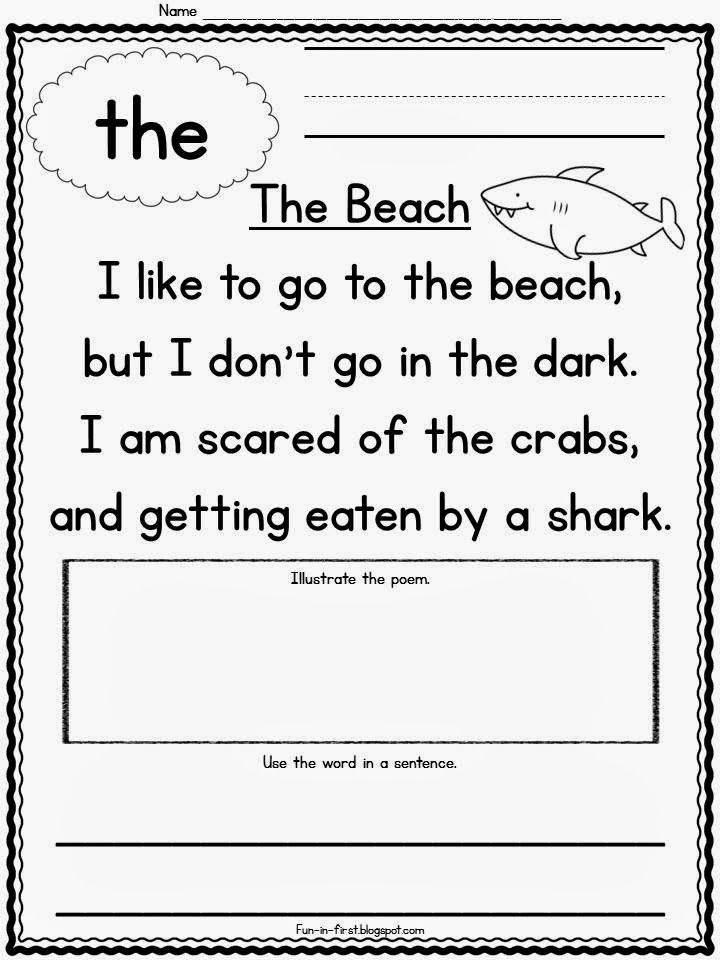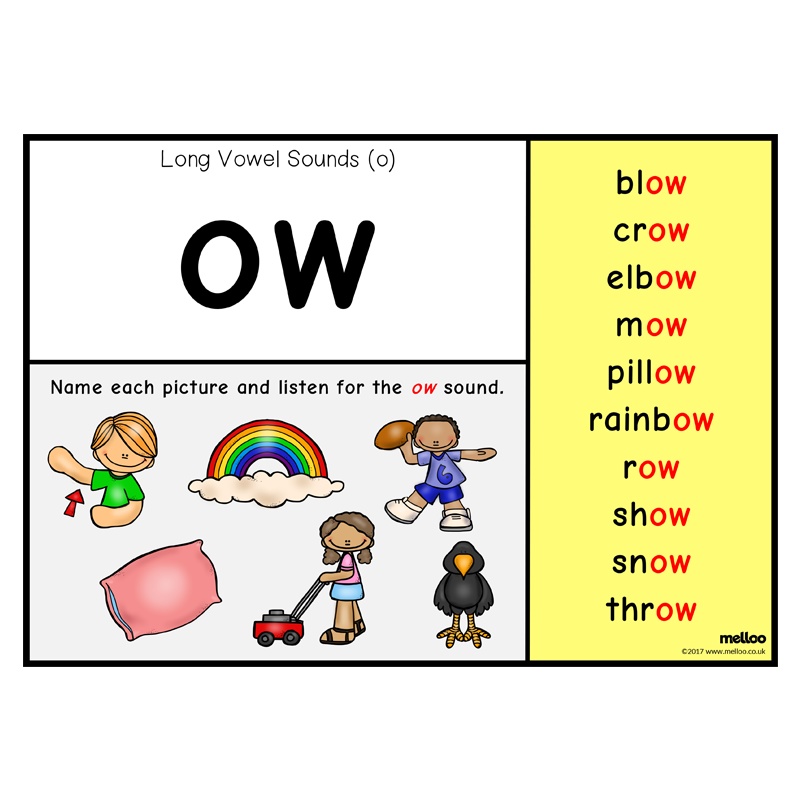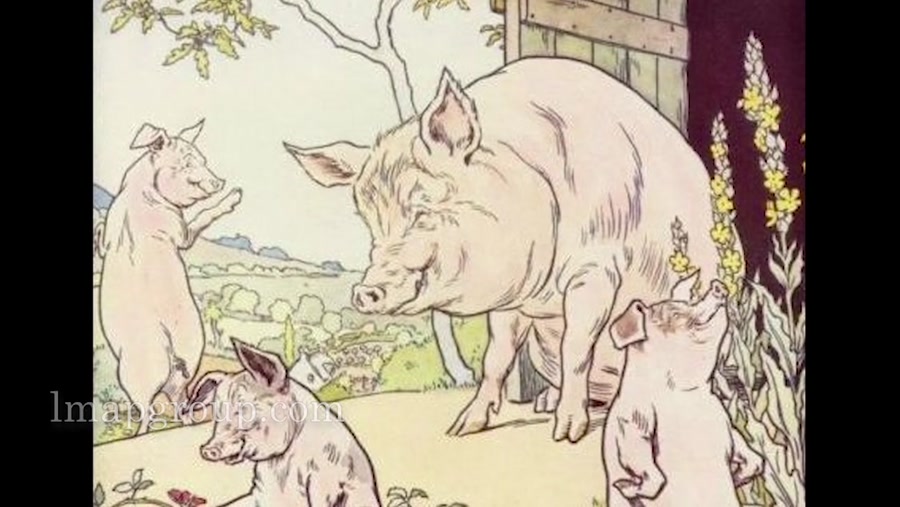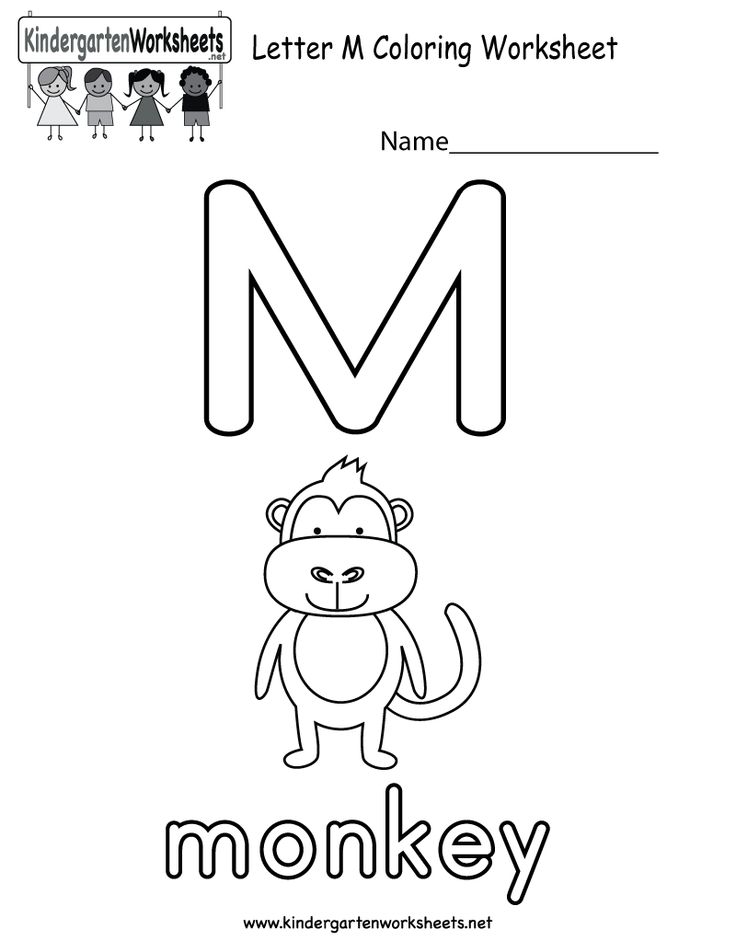First little pig
English | The Three Little Pigs
The Three Little Pigs
Mrs Pig was very tired: 'Oh dear,' she said to her three little pigs, 'I can’t do this work anymore, I’m afraid you must leave home and make your own way in the world.' So the three little pigs set off.
The first little pig met a man carrying a bundle of straw.
'Excuse me,' said the first little pig politely. 'Would you please sell some of your straw so I can make a house?'
The man readily agreed and the first little pig went off to find a good place to build his house.
The other little pigs carried on along the road and, soon, they met a man carrying a bundle of sticks.
'Excuse me,' said the little pig politely. 'Would you please sell me some sticks so I can build a house?'
The man readily agreed and the little pig said goodbye to his brother.
The third little pig didn’t think much of their ideas:
'I’m going to build myself a much bigger, better, stronger house,' he thought, and he carried off down the road until he met a man with a cart load of bricks.
'Excuse me,' said the third little pig, as politely as his mother had taught him. 'Please can you sell me some bricks so I can build a house?'
'Of course,' said the man. 'Where would you like me to unload them?'
The third little pig looked around and saw a nice patch of ground under a tree.
'Over there,' he pointed.
They all set to work and by nighttime the house of straw and the house of sticks were built but the house of bricks was only just beginning to rise above the ground. The first and second little pigs laughed, they thought their brother was really silly having to work so hard when they had finished.
However, a few days later the brick house was completed and looked very smartwith shiny windows, a neat little chimney and a shiny knocker on the door.
One starlit night, soon after they had settled in, a wolf came out looking for food.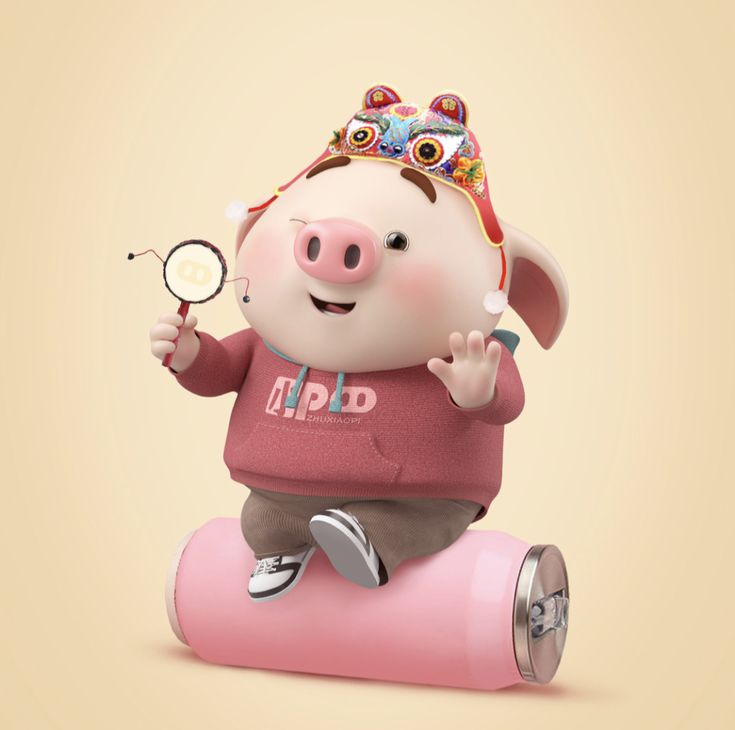 By the light of the moon he espied the first little pig’s house of straw and he sidled up to the door and called:
By the light of the moon he espied the first little pig’s house of straw and he sidled up to the door and called:
'Little pig, little pig, let me come in.'
'No, no, by the hair of my chinny chin chin!' replied the little pig.
'Then I’ll huff and I’ll puff and I’ll blow your house in!' said the wolf who was a very big, bad, and a greedy sort of wolf.
And he huffed, and he puffed and blew the house in. But the little pig ran away as fast as his trotters could carry him and went to the second little pig’s house to hide.
The next night the wolf was even hungrier and he saw the house of sticks. He crept up to the door and called:
'Little pig, little pig, let me come in.'
'Oh no, not by the hair on my chinny chin chin!' said the second little pig, as the first little pig hid trembling under the stairs.
'Then I’ll huff and I’ll puff and I’ll blow your house in!' said the wolf.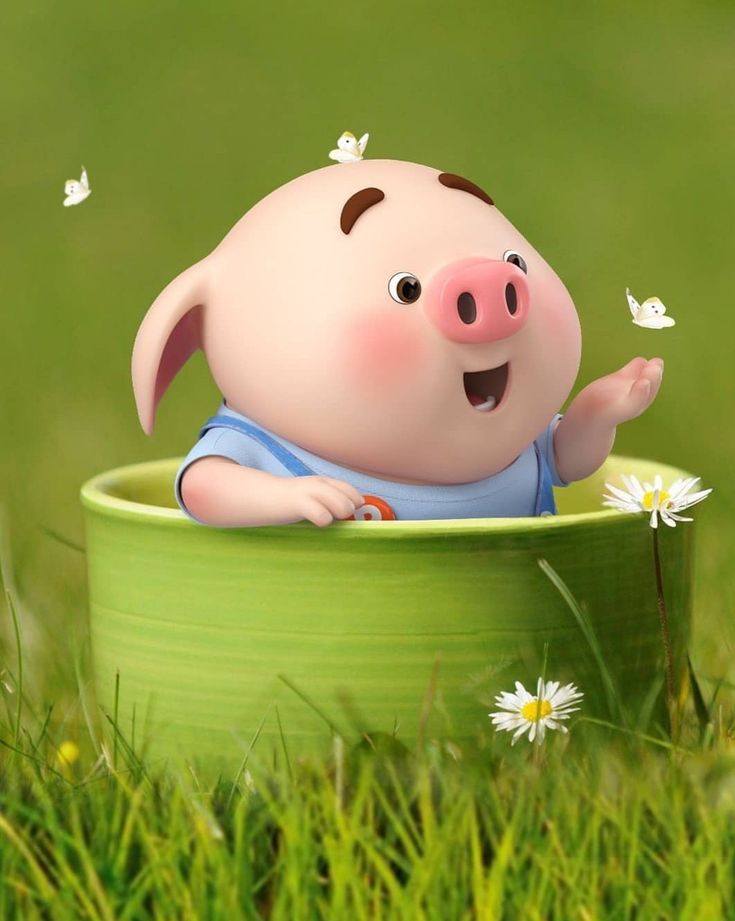
And he huffed, and he puffed and he blew the house in. But the little pigs ran away as fast as their trotters could carry them and went to the third little pig’s house to hide.
'What did I tell you?' said the third little pig. 'It’s important to build houses properly.' But he welcomed them in and they all settled down for the rest of the night.
The following night the wolf was even hungrier and feeling bigger and badder than ever.
Prowling around, he came to the third little pig’s house. He crept up to the door and called:
'Little pig, little pig, let me come in.'
'Oh no, not by the hair on my chinny chin chin!' said the third little pig, while the first and the second little pigs hid trembling under the stairs.
'Then I’ll huff and I’ll puff and I’ll blow your house in!' said the wolf.
And he huffed, and he puffed and he blew but nothing happened.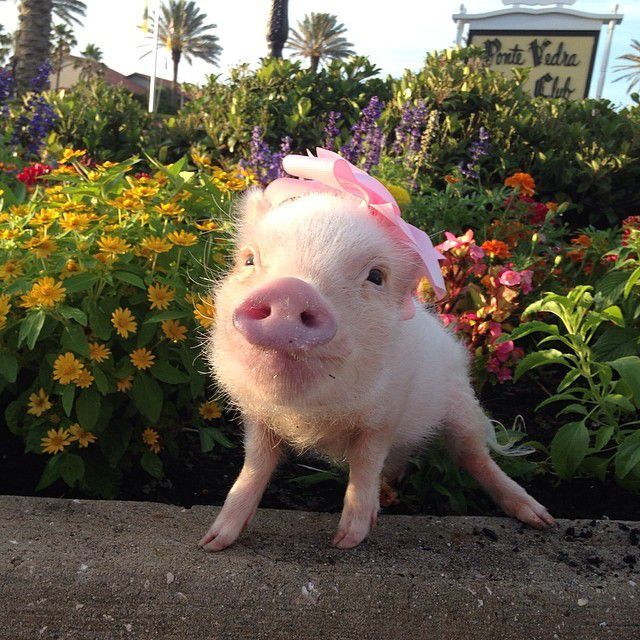 So he huffed and he puffed and he blew again, even harder, but still nothing happened. The brick house stood firm.
So he huffed and he puffed and he blew again, even harder, but still nothing happened. The brick house stood firm.
The wolf was very angry and getting even bigger and even badder by the minute.
'I’m going to eat you all,' he growled, 'just you wait and see.'
He prowled round the house trying to find a way in. The little pigs trembled when they saw his big eyes peering through the window. Then they heard a scrambling sound.
'Quick, quick!' said the third little pig. 'He’s climbing the tree. I think he’s going to come down the chimney.'
The three little pigs got the biggest pan they had, and filled it full of water and put it on the fire to boil. All the time they could hear the sound of the wolf climbing the tree and then walking along the roof.
The little pigs held their breath. The wolf was coming down the chimney.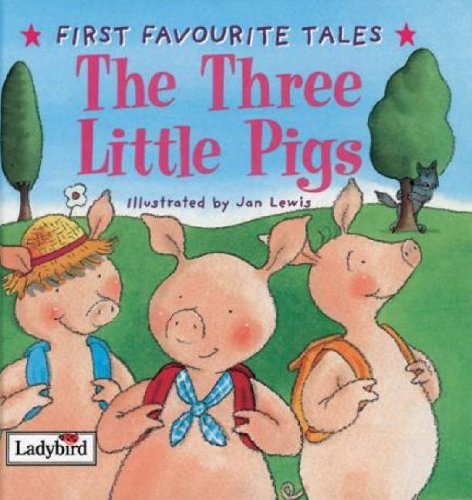 Nearer and nearer he came until, with a tremendous splash, he landed in the pan of water.
Nearer and nearer he came until, with a tremendous splash, he landed in the pan of water.
'Yoweeeee!' he screamed, and shot back up the chimney thinking his tail was on fire.
The Three Little Pigs - Storynory
seek 00.00.00 00.00.00 loading- Download
Almost everyone knows the story of The Three Little Pigs – but it’s one of those stories that you can hear again and again. Our audio is based on the version of Joseph Jacobs – in which the wolf huffs and puffs and the pigs exclaim by the hairs of their chiny chin chins.
Read by Natasha. Duration 9.21
There was once a family of pigs. The mother pig was very poor, and so she sent her three little pigs out to seek their fortunes. The first that went off met a man with a bundle of straw, and said to him:
“Please, man, give me that straw to build me a house. ”
”
Which the man did, and the little pig built a house with it. Presently came along a wolf, and knocked at the door, and said:
“Little pig, little pig, let me come in.”
To which the pig answered:
“No, no, by the hair of my chiny chin chin.”
The wolf then answered to that:
“Then I’ll huff, and I’ll puff, and I’ll blow your house in.”
So he huffed, and he puffed, and he blew his house in, and ate up the little pig.
The second little pig met a man with a bundle of furze, and said:
“Please, man, give me that furze to build a house.”
Which the man did, and the pig built his house. Then along came the wolf, and said:
“Little pig, little pig, let me come in.”
“No, no, by the hair of my chiny chin chin.”
“Then I’ll puff, and I’ll huff, and I’ll blow your house in.”
So he huffed, and he puffed, and he puffed, and he huffed, and at last he blew the house down, and he ate up the little pig.
The third little pig met a man with a load of bricks, and said:
“Please, man, give me those bricks to build a house with.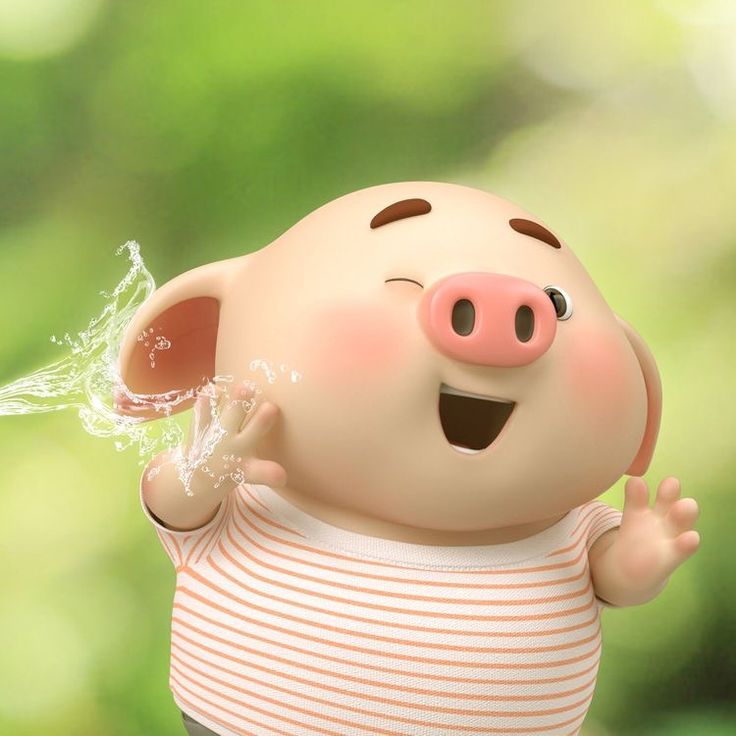 ”
”
So the man gave him the bricks, and he built his house with them. So the wolf came, as he did to the other little pigs, and said:
“Little pig, little pig, let me come in.”
“No, no, by the hair of my chiny chin chin.”
“Then I’ll huff, and I’ll puff, and I’ll blow your house in.”
Well, he huffed, and he puffed, and he huffed and he puffed, and he puffed and huffed; but he could not get the house down. When he found that he could not, with all his huffing and puffing, blow the house down, he said:
“Little pig, I know where there is a nice field of turnips.”
“Where?” said the little pig.
“Oh, in Mr Smith’s Home-field, and if you will be ready tomorrow morning I will call for you, and we will go together, and get some for dinner.”
“Very well,” said the little pig, “I will be ready. What time do you mean to go?”
“Oh, at six o’clock.”
Well, the little pig got up at five, and got the turnips before the wolf came (which he did about six) and who said:
“Little Pig, are you ready?”
The little pig said: “Ready! I have been and come back again, and got a nice potful for dinner.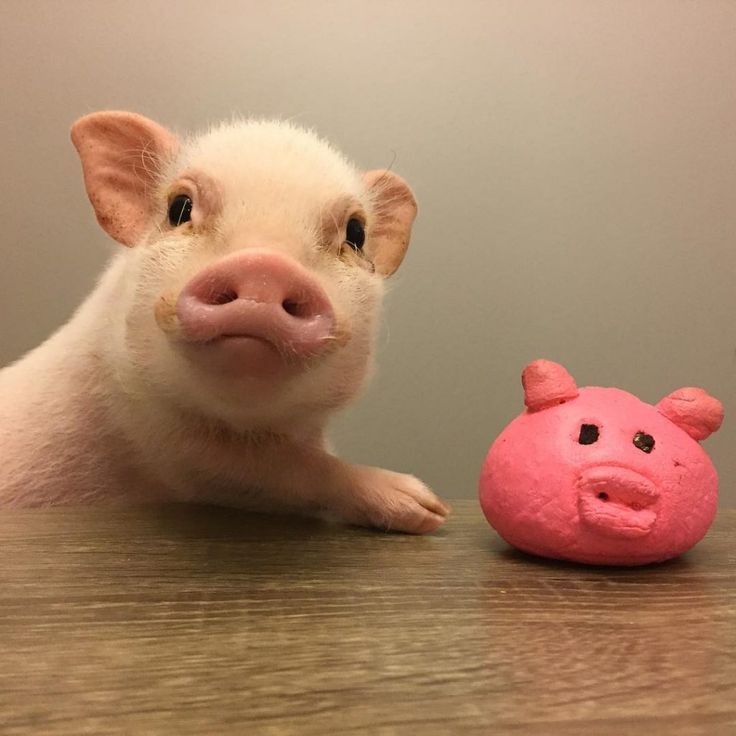 ”
”
The wolf felt very angry at this, but thought that he would be up to the little pig somehow or other, so he said:
“Little pig, I know where there is a nice apple-tree.”
“Where?” said the pig.
“Down at Merry-garden,” replied the wolf, “and if you will not deceive me I will come for you, at five o’clock tomorrow and get some apples.”
Well, the little pig bustled up the next morning at four o’clock, and went off for the apples, hoping to get back before the wolf came; but he had further to go, and had to climb the tree, so that just as he was coming down from it, he saw the wolf coming, which, as you may suppose, frightened him very much. When the wolf came up he said:
“Little pig, what! Are you here before me? Are they nice apples?”
“Yes, very,” said the little pig. “I will throw you down one.”
And he threw it so far, that, while the wolf was gone to pick it up, the little pig jumped down and ran home. The next day the wolf came again, and said to the little pig:
“Little pig, there is a fair at Shanklin this afternoon, will you go?”
“Oh yes,” said the pig, “I will go; what time shall you be ready?”
“At three,” said the wolf. So the little pig went off before the time as usual, and got to the fair, and bought a butter-churn, which he was going home with, when he saw the wolf coming. Then he could not tell what to do. So he got into the churn to hide, and by so doing turned it round, and it rolled down the hill with the pig in it, which frightened the wolf so much, that he ran home without going to the fair. He went to the little pig’s house, and told him how frightened he had been by a great round thing which came down the hill past him. Then the little pig said:
So the little pig went off before the time as usual, and got to the fair, and bought a butter-churn, which he was going home with, when he saw the wolf coming. Then he could not tell what to do. So he got into the churn to hide, and by so doing turned it round, and it rolled down the hill with the pig in it, which frightened the wolf so much, that he ran home without going to the fair. He went to the little pig’s house, and told him how frightened he had been by a great round thing which came down the hill past him. Then the little pig said:
“Hah, I frightened you, then. I had been to the fair and bought a butter-churn, and when I saw you, I got into it, and rolled down the hill.”
Then the wolf was very angry indeed, and declared he would eat up the little pig, and that he would get down the chimney after him. When the little pig saw what he was about, he hung on the pot full of water, and made up a blazing fire, and, just as the wolf was coming down, took off the cover, and in fell the wolf; so the little pig put on the cover again in an instant, boiled him up, and ate him for supper, and lived happy ever afterwards.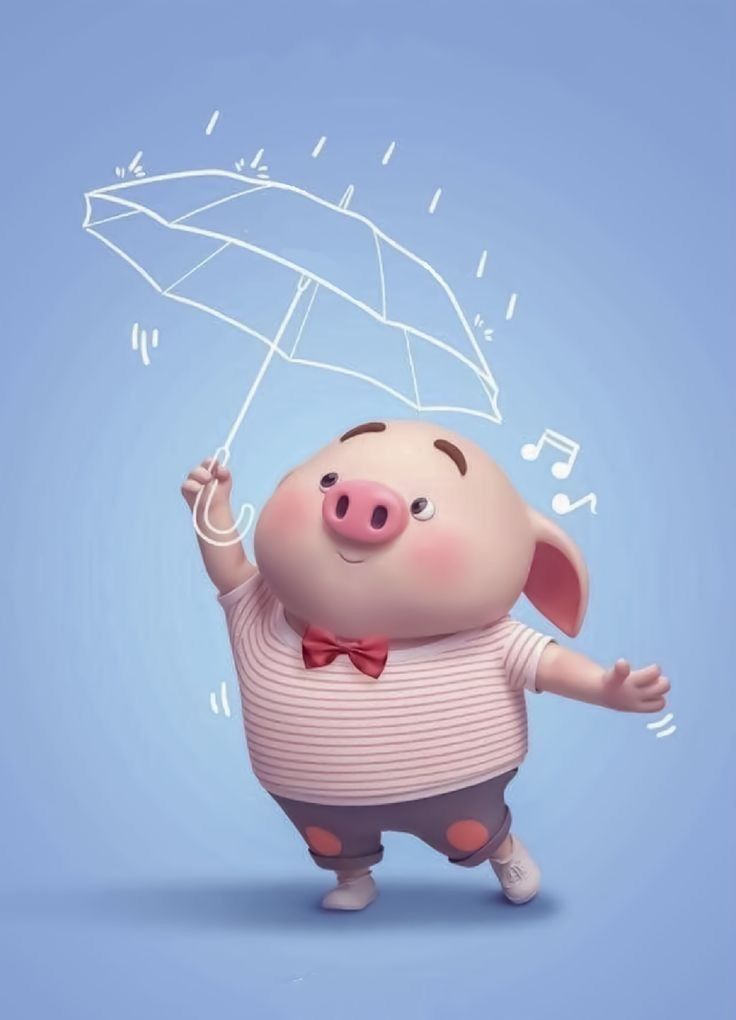
Once upon a time when pigs spoke rhyme
And monkeys chewed tobacco,
And hens took snuff to make them tough,
And ducks went quack, quack, quack, O!
The key to increasing the quality and quantity of weaned piglets - Articles
Home
Read this article in: ManagementShould I put more piglets to this sow? When to start cross-feeding? Am I moving piglets too often?
4 January 2021
0
6
The better we feed and care for piglets in the first 24-48 hours of their life, the less work we will have later on, and the results will be better.
Successful rearing requires that
the piglet has excellent vitality
. The requirement, which I consider fundamental, is the prohibition of farrowing stimulation. Today, gestation lasts longer, averaging 116.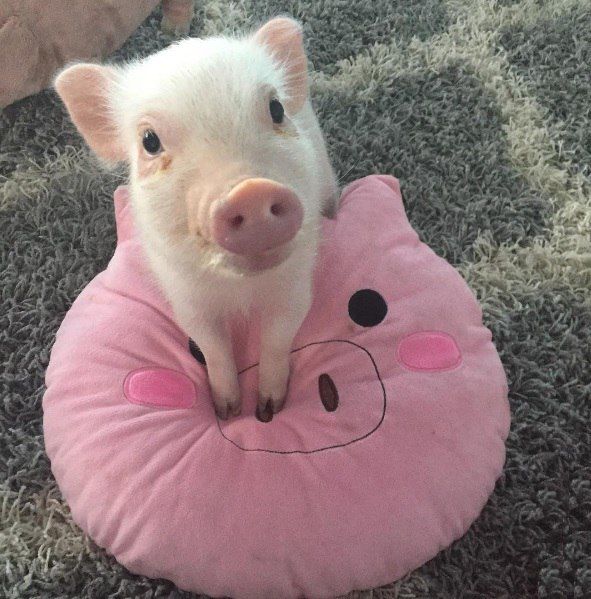 5 days, although it can vary from sow to sow. When farrowing is stimulated, piglets are born with good weight but low vitality.
5 days, although it can vary from sow to sow. When farrowing is stimulated, piglets are born with good weight but low vitality. Maximize your colostrum production.
Obviously the sow's feeding schedule is key, but here's a practical tip that can be beneficial - using oxytocin at the end of farrowing. On the one hand, it helps to remove the placenta, but, more importantly, it increases the amount and duration of colostrum production. It is interesting to combine this with the next step.
Verify colostrum intake:
Do not move piglets until they have received the required amount of colostrum. This means that he must spend about 24 hours with his mother, 12 of which are not even negotiable (i.e. the umbilical cord must be completely dry). Before moving piglets, it is necessary to meet the criterion of three-time sorting: large piglets twice, small piglets once. Ideally, the injection of oxytocin should be combined with the separation of large piglets so that the smaller ones can take advantage of the increased colostrum production.
Colostrum labeling
Plan your feeding - count sows and count piglets:
Several criteria can be considered here. Ideally, one should start with an assessment of the sow, the number of her working teats, her general physical condition, etc. The goal is to achieve equal litter sizes where the piglets are viable and consume the proper amount of colostrum, so competition among them is balanced and stimulated to get the most benefit from sow's milk.
Matching: if we consider this as a game, then this is a puzzle where we need to match piglets with a sow.
Nursing:
Here you have to choose between iron injection, tooth filing and other procedures. Iron should be given as soon as possible, as piglets need an optimal start; this can be done when piglets are handled during the feeding process. Teeth filing should be done prior to cross-feeding to ensure that the piglets do not injure the teats or each other, which can cause infections and lead to problems.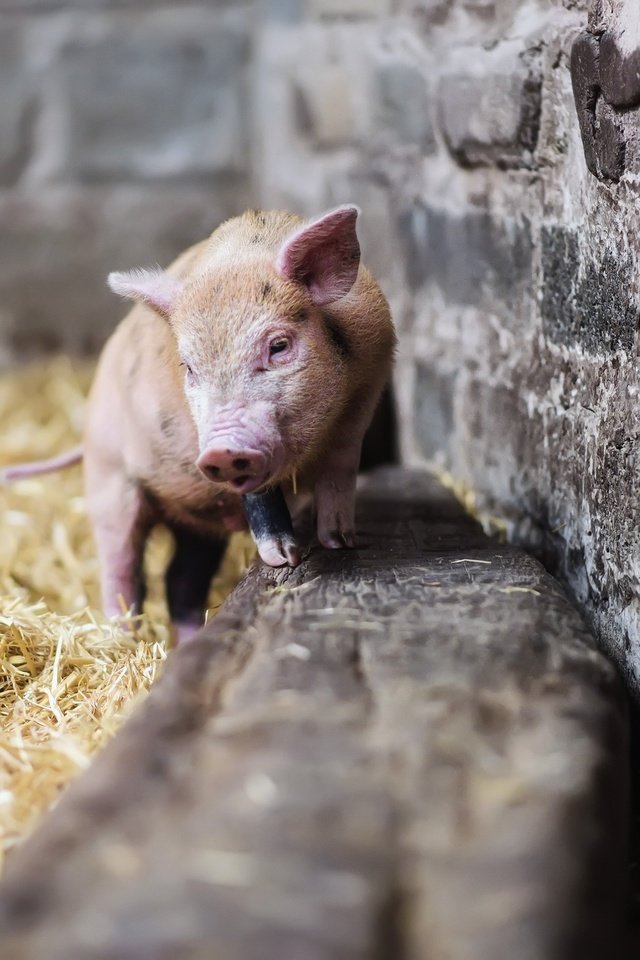 I prefer filing my teeth rather than trimming. The rest of the procedures can be postponed (tail docking or the introduction of any drugs) until 3-4 days of life, so as not to disrupt the lactation process.
I prefer filing my teeth rather than trimming. The rest of the procedures can be postponed (tail docking or the introduction of any drugs) until 3-4 days of life, so as not to disrupt the lactation process.
A sow should have two piglets more than her teats:
Obviously we are talking about farms with high rates, more than 18 piglets live. At the beginning of lactation, the sow produces much more milk than the piglet can drink, much more if the piglets are small. This lack of complete emptying of the mammary glands leads to a restriction in milk production. The greater the stimulation, the greater the current and future milk production of the sow. In addition, the piglets first touch the udder area, and not specifically the teat.
Continual monitoring of the piglets:
Twice a day, piglets should be checked and we should mark the piglets that we see are not progressing. This supervision is essential if we are placing a large number of piglets on the sow, because a piglet that is falling behind can be lost in a few hours.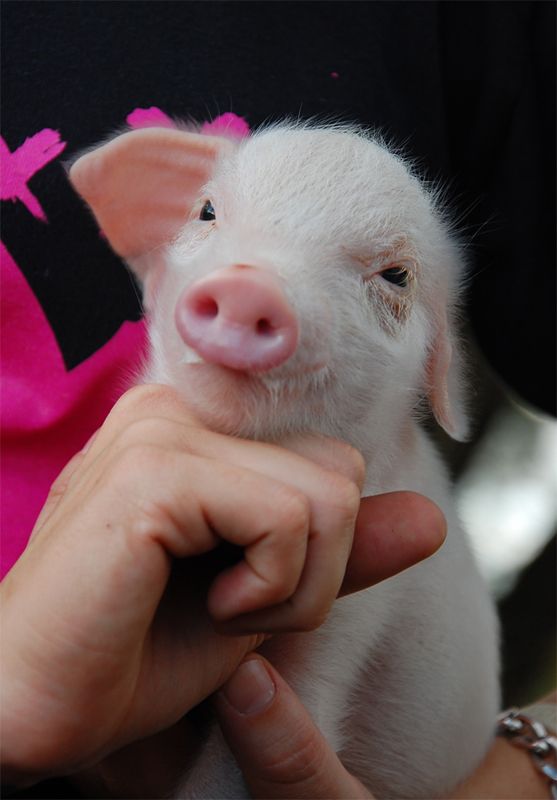
Continuous monitoring of piglets:
Piglets should be checked twice a day and those not growing should be marked. Such monitoring is necessary if we place a large number of piglets with a sow, as we can lose a piglet that lags behind in a few hours.
Get the most out of your gilts:
Young sows need to perform at their best, it is important that their first lactation is the best for maximum teat functionality and milk production. We house two or even three more piglets than teats and expect these pigs to lactate for at least 23-24 days.
Choice of stepmother sows:
When the number of lagging piglets in the litter reaches 15, we place them with the stepmother. When choosing a stepmother, I like to minimize the number of stages for both the sow and the piglets, so if possible, I choose as a stepmother a sow that is about to be weaned. Criteria for sow selection: good feed intake, good physical condition, good lactation, litter uniformity.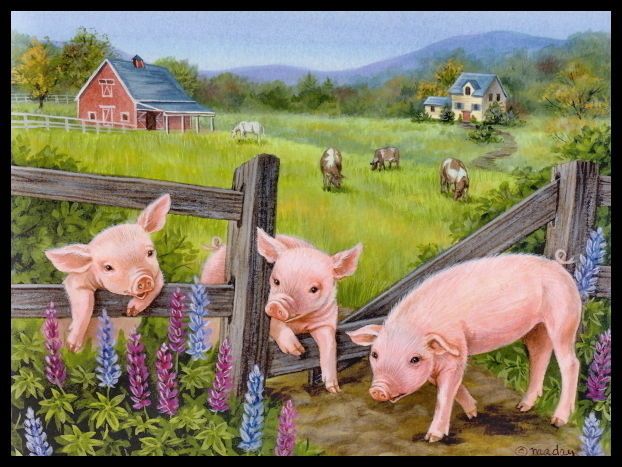 In my experience, at a fertility of 18.6 live births, we plan to leave 20% of farrowing pens empty for stepmother sows. Thus, piglets born in the same week will leave farrowing together.
In my experience, at a fertility of 18.6 live births, we plan to leave 20% of farrowing pens empty for stepmother sows. Thus, piglets born in the same week will leave farrowing together.
Returning piglets and combining them with younger piglets is prohibited under any circumstances.
Moving piglets repeatedly during lactation?
The better we feed in the beginning, the less work we have to do during lactation and the less we need to move piglets. Constant monitoring is necessary to separate those piglets that are lagging behind the rest of the litter, but by and large we are still talking about the removal of these piglets, and not about “replacing one piglet with another”. All changes after 7 days should only concern the move to the stepmother sow. In this way, we are saving the lagging piglets with a "good" litter, rather than harming the good piglets in the litter. If we have to repeatedly move piglets after 7 days, we should ask ourselves if we are doing everything right.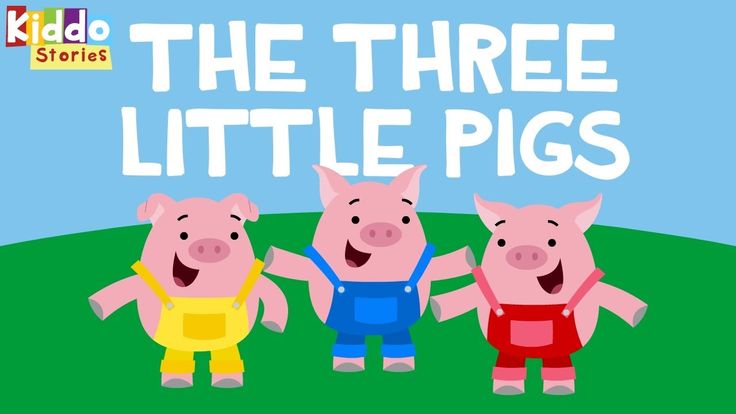
Uniform litter
Weaning as many quality piglets as possible, proper piglet handling and feeding patterns are essential, as are quality nutrition and health programs.
Many factors need to be taken into account in order to feed correctly. I have collected only the main criteria, based on my practical experience. The ability of staff to observe and act is a key element that becomes more and more necessary as reproductive parameters increase.
This area is not intended for authors to consult about their articles, this is a place for open discussions between users of pig333.ru
Leave a new Comment
Restricted access to 333 users.
28-Jun-2021
J. Pluske
Various changes at weaning play a negative role in the structure and function of the gastrointestinal tract of piglets.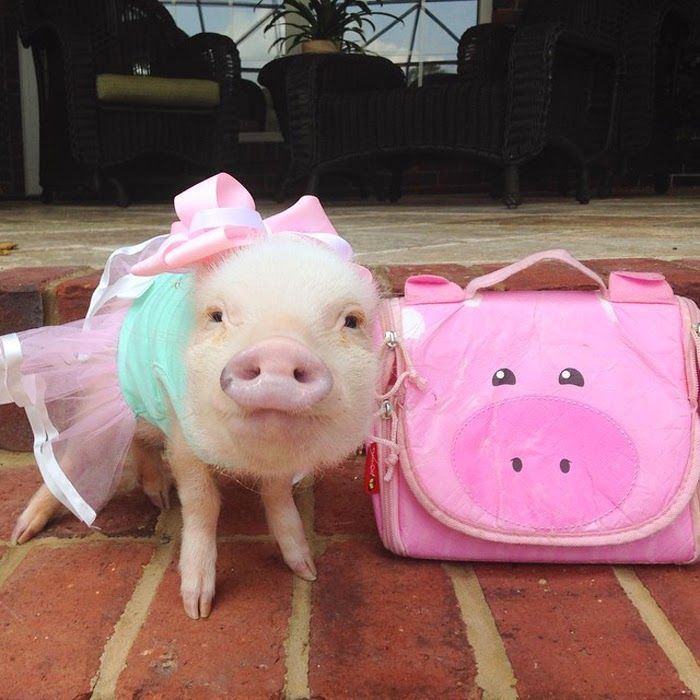 Sexual dimorphism, weight and age at weaning all play a role.
Sexual dimorphism, weight and age at weaning all play a role.
In the Bay of Pigs: 60 years ago, little Cuba shamed the United States to the whole world
Rumlin / wikimedia.org
The Cuban revolution ended with the victory of pro-communist forces on January 1, 1959. For some time, the Americans had hopes that they would be able to establish cooperation with the new government on favorable terms for them (first of all, it was about maintaining and expanding business on the island), but it soon became obvious that this would not happen. Then the Eisenhower administration began to develop options for regime change on the island.
According to the adopted plan of Operation Pluto, the overthrow of Castro was supposed to look like a counter-revolution of those dissatisfied with the new regime. The Americans actively fueled domestic opposition and discredited the Cuban government in the international arena in order to deprive it of support. At the same time, in Central America, under the leadership of the CIA, detachments of Cuban mercenaries who had previously fled from the island were preparing - the so-called "Brigade 2506" numbering about 1200 people.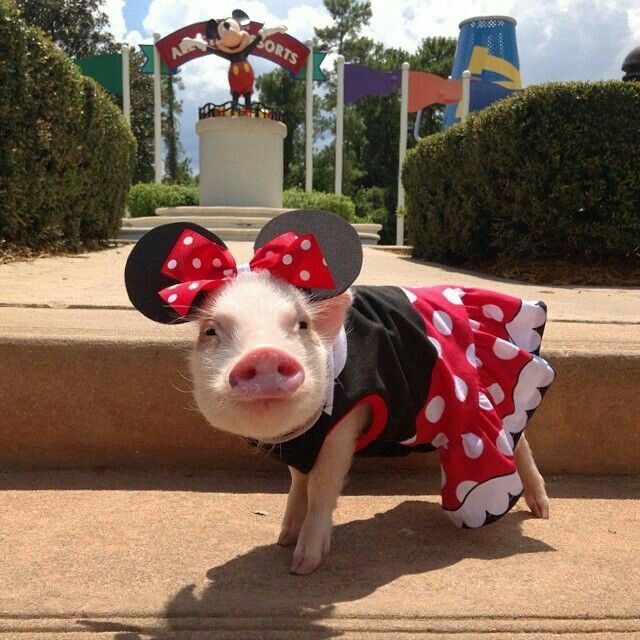 They were supposed to become the core of the landing operation and ensure the arrival of an interim government from among the emigrants to Cuba.
They were supposed to become the core of the landing operation and ensure the arrival of an interim government from among the emigrants to Cuba.
The military part of the operation began on April 14, 1961 with a U-2 reconnaissance flight over Cuba in order to detect combat aircraft. The invasion of the island was to take place with an overwhelming advantage in the air, so the destruction of the republic's air force was first planned. Despite the fact that the entire operation was carried out by the CIA in the strictest confidence, it was not possible to completely hide the preparations, and the Cuban military managed to disperse and disguise aviation in time. At the airfields there were mock-ups and failed aircraft. The next day, they were bombed by eight B-26 bombers with identification marks of the Cuban Air Force. As a result, out of 24 aircraft, Cuba lost only two (the Americans were sure that they had achieved their goal), and the CIA operation did not go according to plan from the very beginning.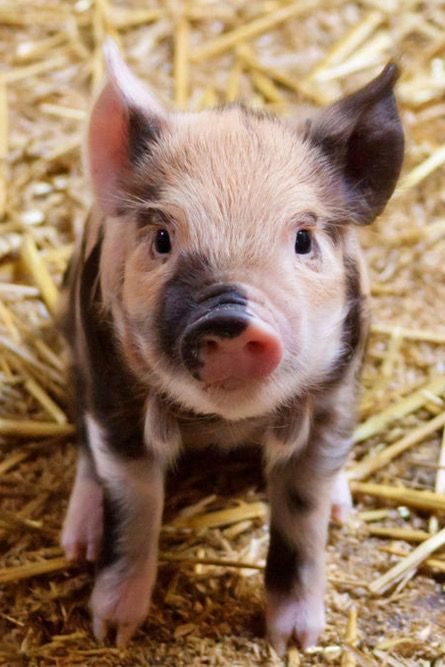
On the night of April 15-16, the first detachment of 168 Cuban emigrants was to land in the province of Oriente. Their task was to carry out a diversionary maneuver, pulling a large number of Cuban military forces onto themselves, however, this part of the plan also failed. The coast in that area was already actively patrolled by the military, so the landing simply did not take place.
The main part of the landing arrived in the area of the Bay of Pigs around midnight on April 17th. The flotilla consisted of two landing ships and five cargo ships with ammunition, fuel and provisions. They were supported by US Navy forces - two destroyers and two aircraft carriers Essex and Boxer, which did not take a direct part in the hostilities, but were in a state of readiness near Cuba. The landing was carried out at three sites - Playa Larga ("Red Beach"), Playa Giron ("Blue Beach") and 25 kilometers east of Playa Giron ("Green Beach").
At first, the attackers did not meet serious resistance and quickly put to flight the local self-defense forces numbering about 100 people.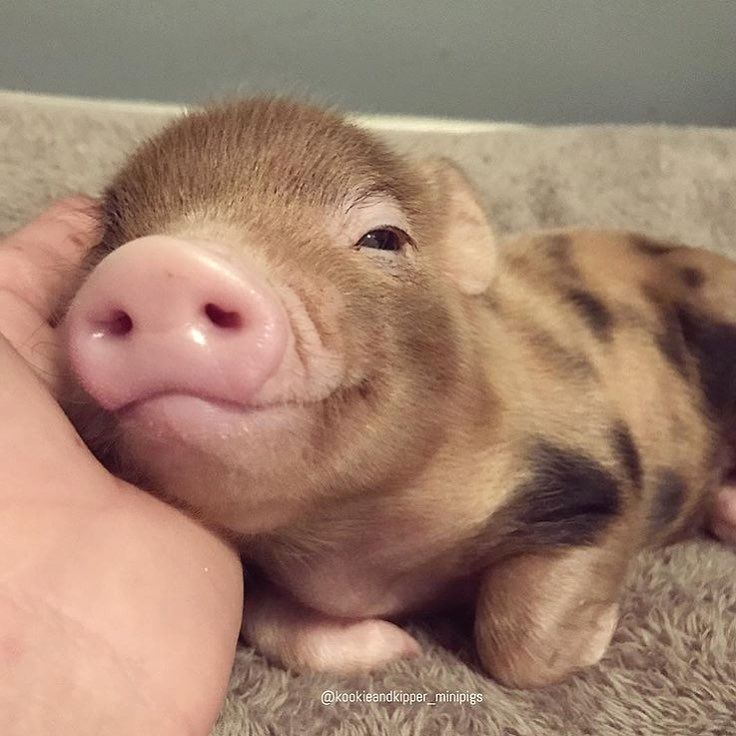 However, the landing soon became known to the Cuban authorities, who sent reinforcements from among the "people's militia" to the place, as well as an infantry battalion of 900 people. And with the onset of dawn, the paratroopers were attacked by the "destroyed" Cuban Air Force. Two landing barges and two transport ships were sunk - the Houston with an infantry battalion on board and the Rio Escondido, which carried most of the heavy weapons and ammunition.
However, the landing soon became known to the Cuban authorities, who sent reinforcements from among the "people's militia" to the place, as well as an infantry battalion of 900 people. And with the onset of dawn, the paratroopers were attacked by the "destroyed" Cuban Air Force. Two landing barges and two transport ships were sunk - the Houston with an infantry battalion on board and the Rio Escondido, which carried most of the heavy weapons and ammunition.
The forces of "Brigade 2506" responded with an airborne landing in the San Blas area (177 people), but this group did not have a serious impact on the course of the operation. By the end of the next day, the advance of the invasion forces was stopped, and on the evening of April 19, "Brigade 2506" completely ceased resistance. As a result, over a hundred attackers were killed, and about 1,200 were captured. Later they were tried and in December 1962 they were handed over to the United States in exchange for a large consignment of food and medicine.

